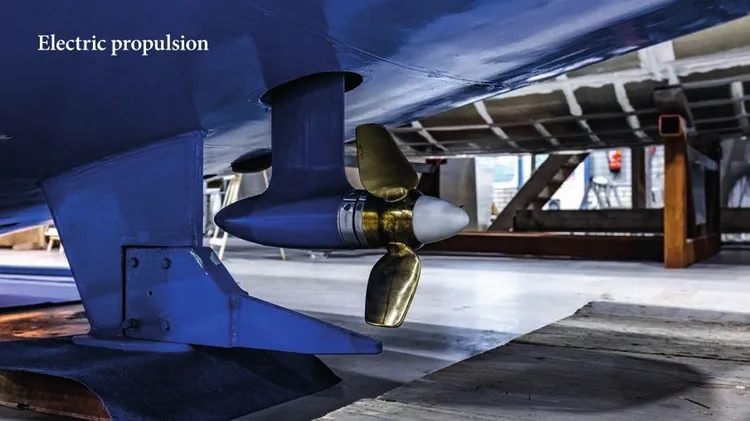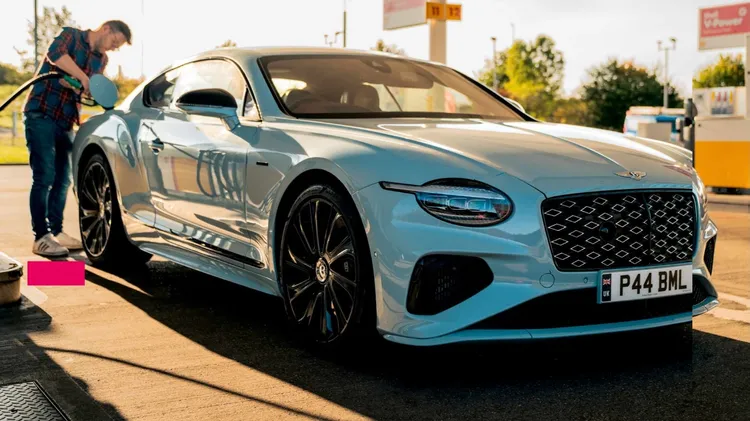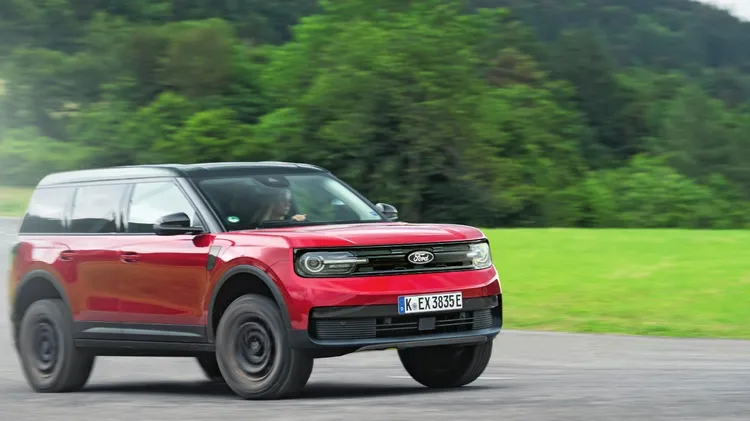A UK-based consortium has been perfecting the in-wheel motors that could
Reinventing the wheel
7 min read
This article is from...
Read this article and 8000+ more magazines and newspapers on Readly






